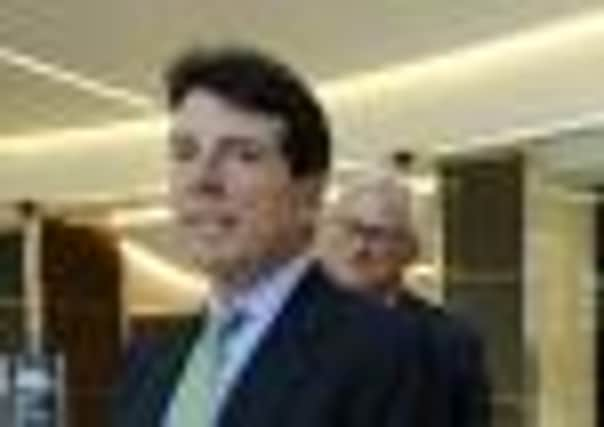Analysis: In the dark, so was the bank too big for one man to run?


His responses to MPs yesterday answered a few questions, but left others unanswered and raised still more.
At issue was the bank’s daily submissions of the interest rates it was having to pay to borrow money in the market, submissions which, along with those sent in by 15 other banks, are used to calculate the daily rate known as Libor and which is used to determine many interest rates charged and paid by banks and other financial institutions.
Advertisement
Hide AdAdvertisement
Hide AdAn important answer was whether Mr Diamond interpreted the telephone conversation he had with Paul Tucker, deputy governor of the Bank of England, on 29 October 2008 as an instruction or a “nod and a wink” that Barclays should lower its Libor submissions.
“No” was the clear answer which pushed the responsibility for creating the impression amongst Barclays staff that the bank had indeed asked for lower submissions on to the unfortunate Jerry del Missier, who has also resigned as chief operating officer. His strategies for responding to the committee was to heap the blame for the Libor rigging on 14 traders who behaved “reprehensibly” and had been dealt with harshly.
MPs were unimpressed and despite some citing the FSA report showing the amount of rate-fixing that was going on inside Barclays, and reports of it to the bank’s compliance division, did not get an answer from Mr Diamond about why he did not know about it.
All this blame-shifting, however, left the clear impression that Mr Diamond, did not really know what was going on inside his bank and that with 140,000 employees, of whom he was immensely proud, it is just too big for one man to run.